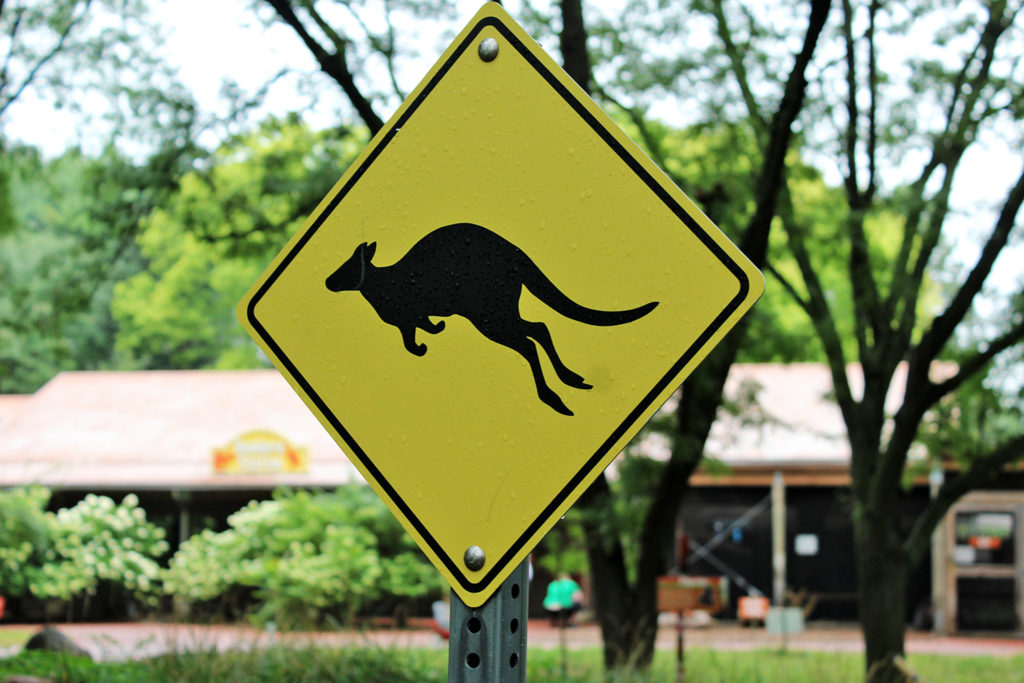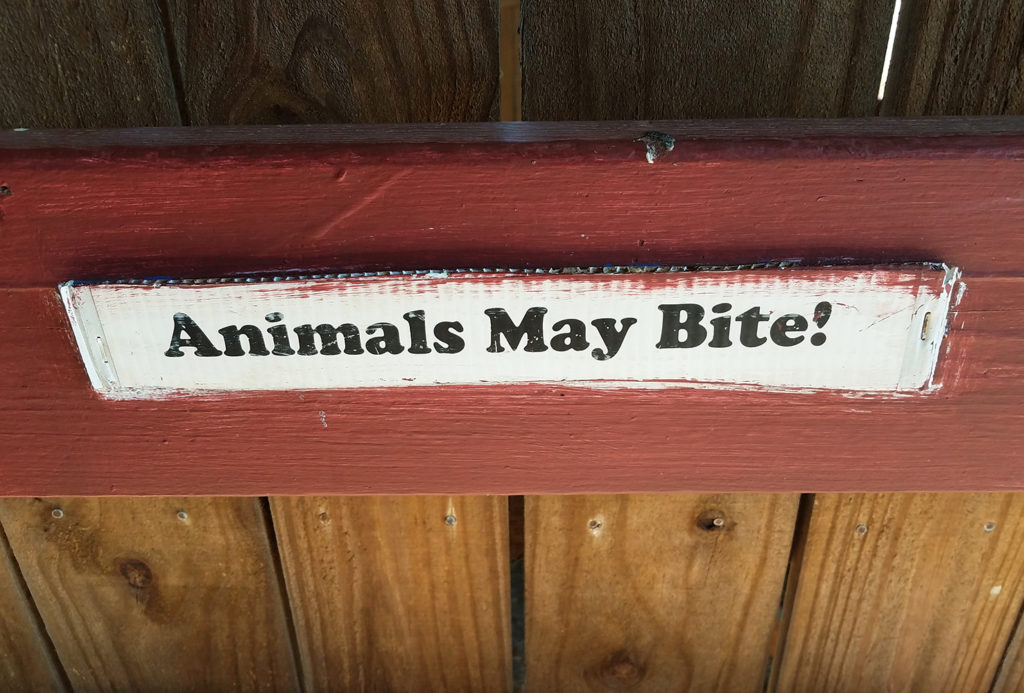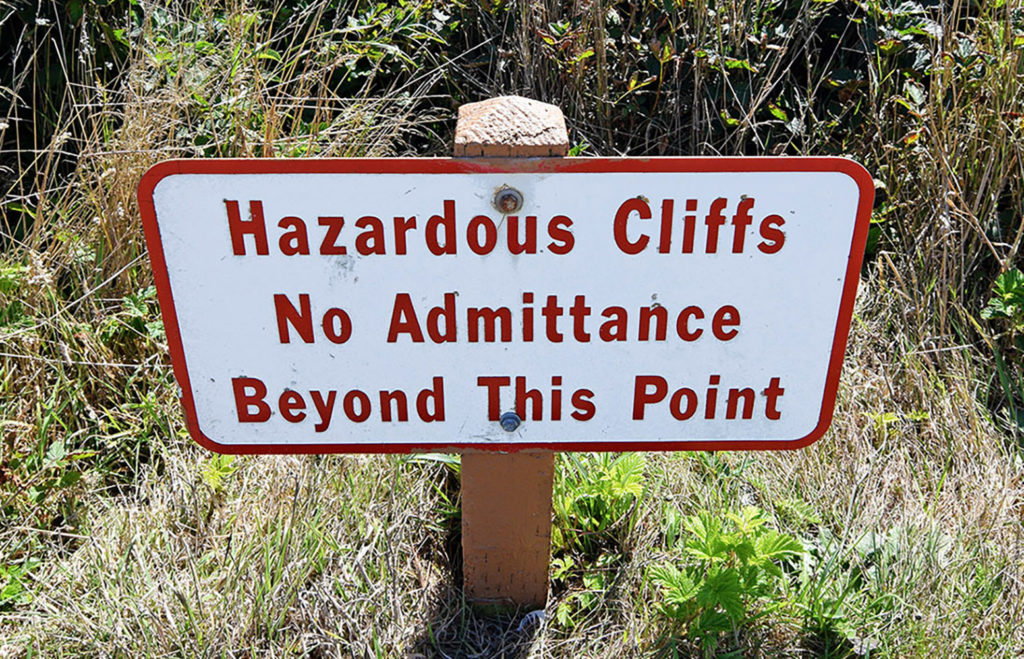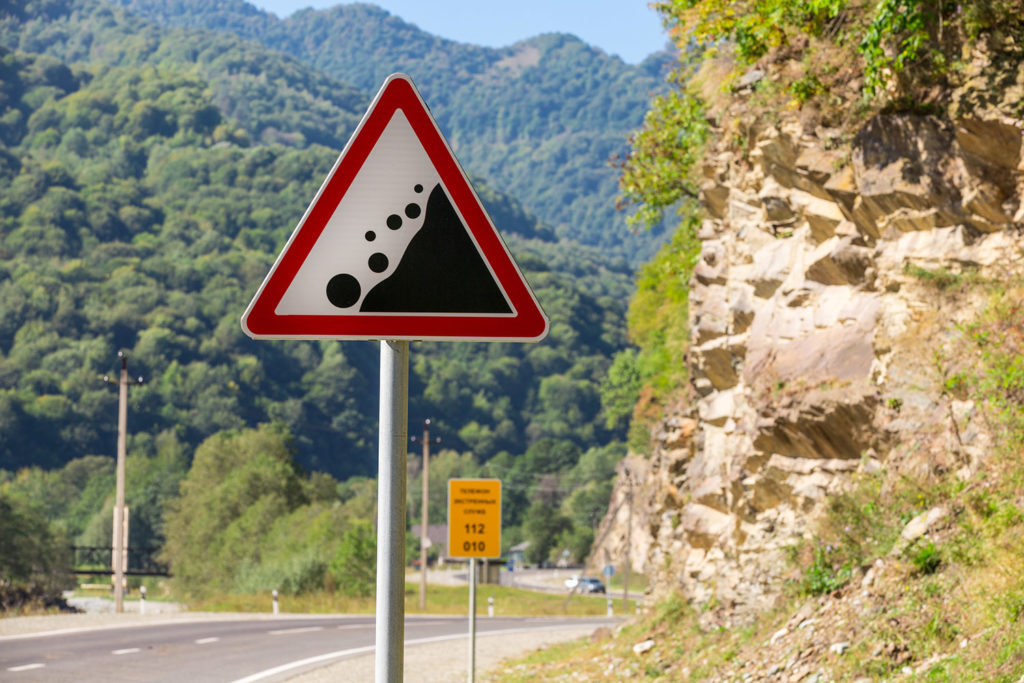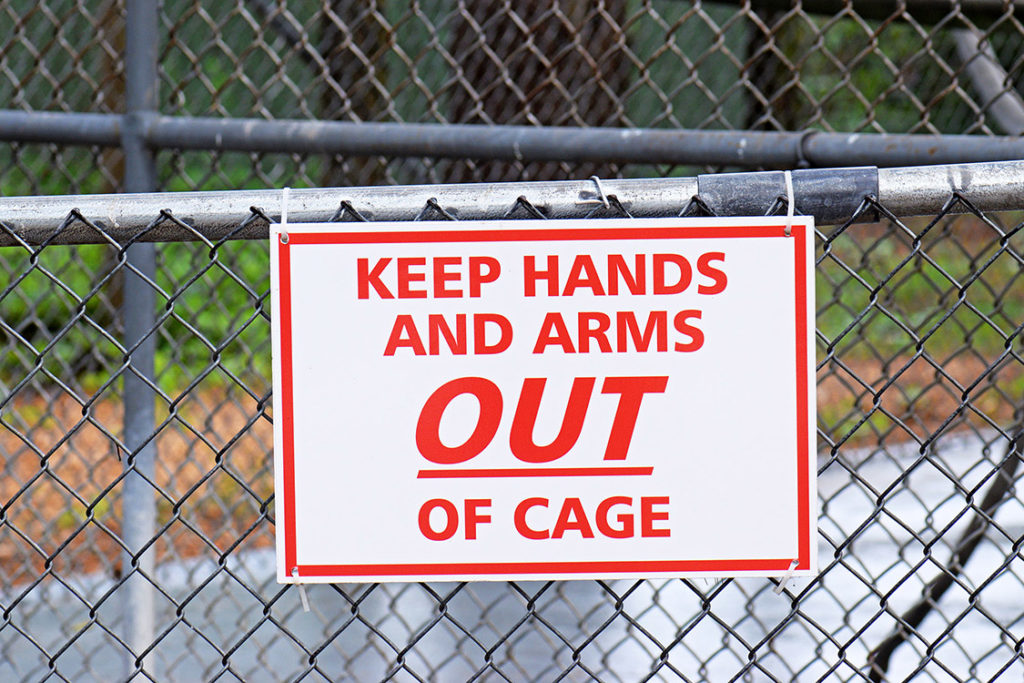
Safety Laboratory & Field Preparedness


Safety Objective
List and personalize essential laboratory and field safety procedures.
When you think of laboratory work, what do you think of?
Reminder: a photo of paper ephemera is a cue to access past experiences and knowledge.
Common responses we’ve heard include:
equipment: beakers, bunsen burners, scales, microscopes.
furniture: lab benches, stools, hoods, safety showers.
specimens: dissected animals, fossils, tanks.
Unfortunately, the people described are often stereotypically similar, possibly due to only a few well-know scientists like Einstein, Newton, or Darwin.
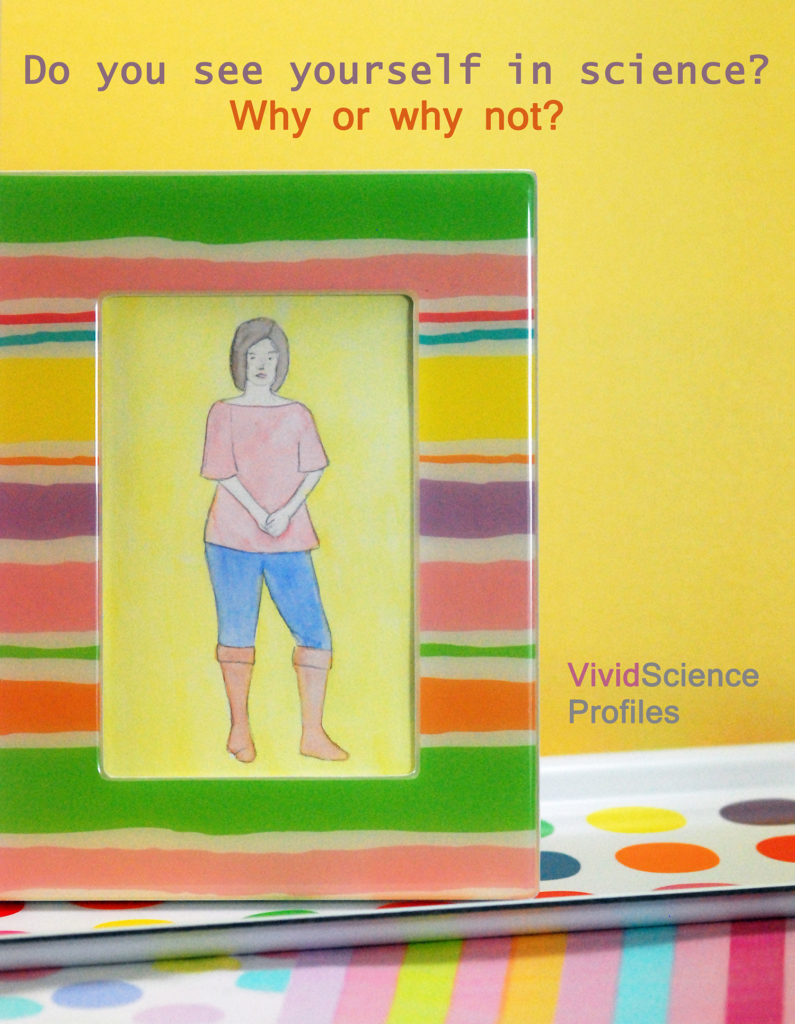
Science is richer with diverse perspectives. There are many ways to participate in science: helping your kids with their science homework, working in a community garden, or voting on science-related issues.
We hope everyone will feel included in the scientific endeavor.
Laboratories are settings where you can control variables (like light, temperature, and noise) and have easy access to needed equipment.
These are home-made perfumes in vials. Safety procedures can be used for a variety of tasks beyond this course.
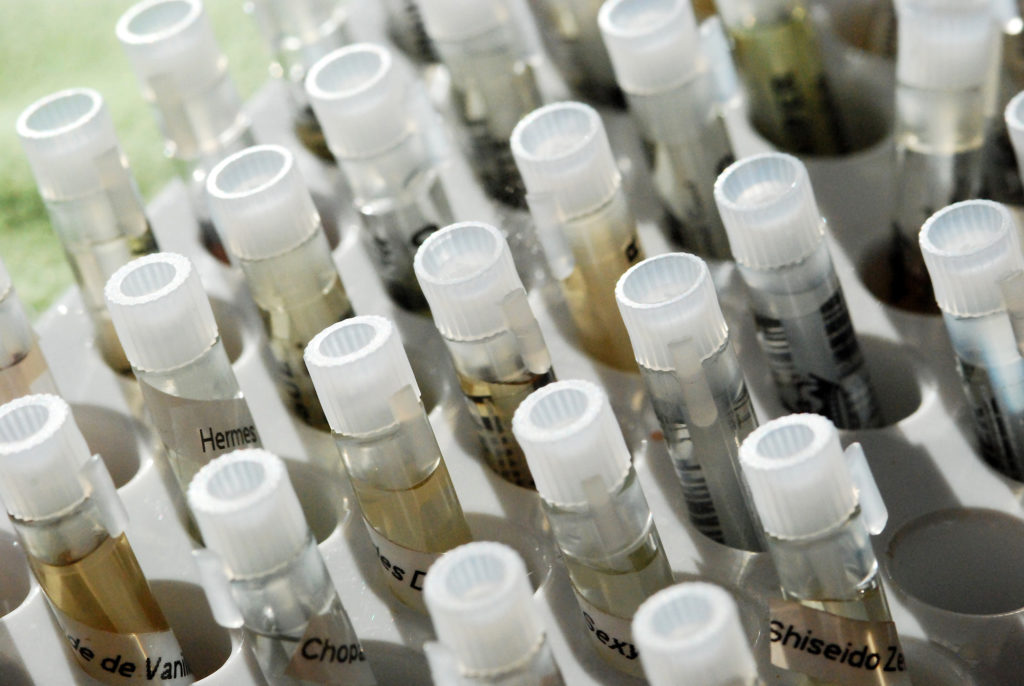

You can use a kitchen, bathroom, or even a corner is a closet. The key is to not leave any potential safety hazards behind. For example, not leaving animal wastes in your fridge.
In our case, we have a one-room house. Not a one-bedroom house, a studio, it’s like the book “Little House on the Prairie” without the loft. So we have a small cargo container for our animals and making teaching videos. Yes, we have labs on campus, but we want to demonstrate that scientific inquiry does not require a typical university setting.

Cargo Container
The cargo container is weather-proof and largely sound-proof. Mark installed electrical, heating, and cooling and there is a hose bib for water outside.

Work Space
Having a space where you can leave your study and teaching materials out saves time and a lot of frustration.
Before any laboratory or field work,
safety comes first.
We will be looking at safety from different perspectives throughout this guide.
Start this Guide’s first journal assignment here
Journal Page #7: Safety Checklist
For this assignment you will be submitting a personalized safety checklist. This checklist will include safety protocols for the laboratory and field. You can group the procedures under different headings like “lab safety” or “outdoor safety.” You can modify the list provided below.
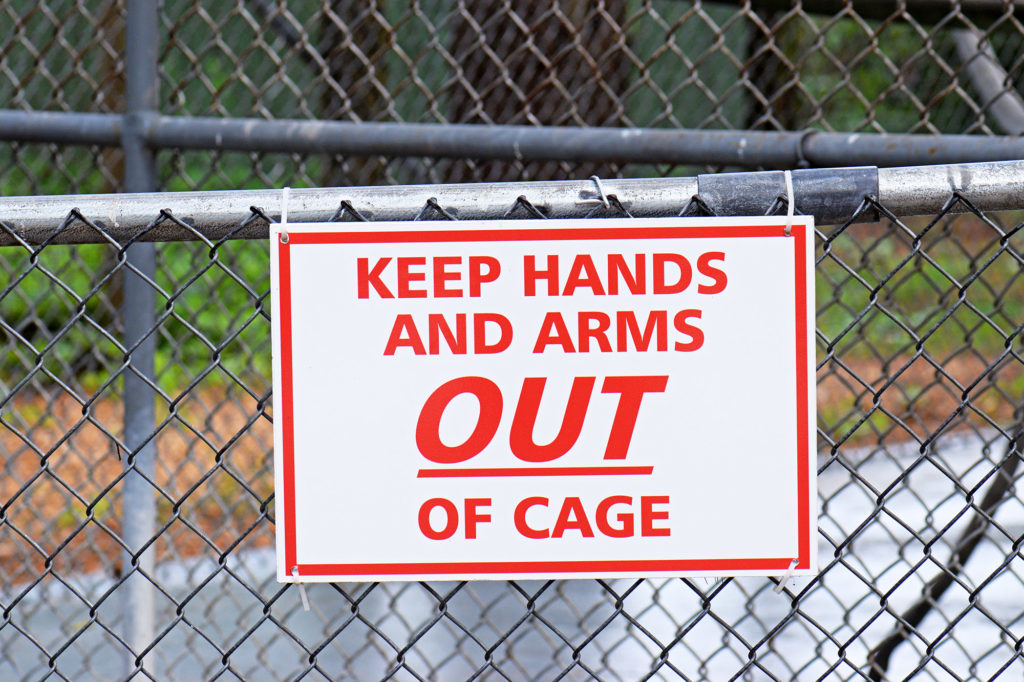
This is Lesley’s checklist. Some of the things are personal based on past experiences.
You can adopt any procedures/ideas that seem appropriate for your use. You are designing a checklist for your own locations, situations, and personal behaviors.
Your safety checklist can have headers, or a different organization. Whatever makes it most effective for use.
- Avoid potentially hazardous situations, even if it means missing a photo or video opportunity.
- Consider the safety of other people and animals at all times, especially our cats.
- Clean up work spaces, don’t leave any potentially dangerous materials behind.
- Communicate any safety concerns to Mark or whoever else may be involved.
- Follow safety directions on signs, in activities, and on product labels.
- Carry a safety kit everywhere, all the time.
- Wasp sting? Immediately take benadryl and prednisone. Epipen if necessary.
- Seek medical assistance if at all unsure about treatment.
- Wear gloves when needed; wash hands frequently.
- Wear a mask, especially while working around potential rodent feces.
- Wear protective footwear and clothing, including sun hats and long sleeves.
- Watch loose hair and clothing around animals, chemicals, and flames.
- Wear safety goggles or other protective eyewear when working with chemicals or walking along trails with low-lying branches.
- Take breaks, avoid over-exertion and use cane even if feeling great.
- Avoid “playing” with animals to reduce chance of unintentional injury (to me and/or the animals).
- It should be obvious, but don’t taste or smell without care to reduce hazard.
- Don’t eat or drink around chemicals, animals, or waste products.
- Add new safety procedures when needed.
We recommend carrying a safety kit at all times when completing lab and field work in this course. Pre-made kits are inexpensive and readily available; the materials in this video cost less than $20 and last a long time.
Follow posted signs and directions
We don’t always have all of the information about a location. Assume warnings are posted for a reason.
Especially be careful around traffic: keep a watch on cars at all times.
Note: there is a dead animal at the end of this video.
The next section provides an overview of field work and the attributes of a useful field kit.
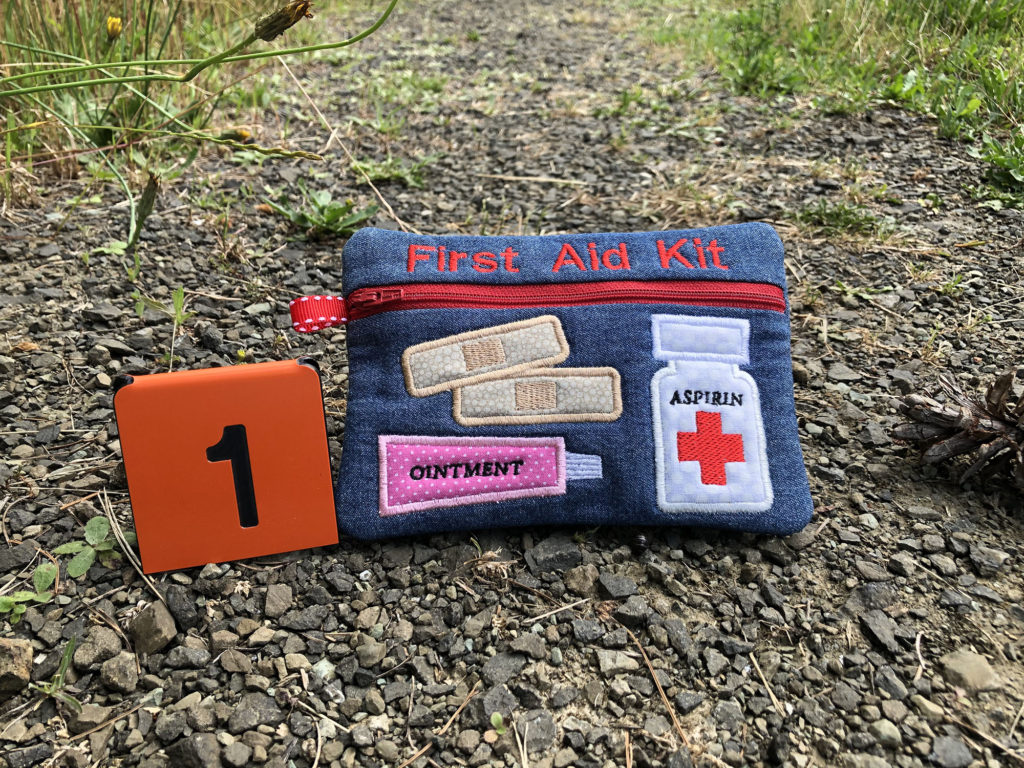
Check your knowledge. Can you:
list and personalize essential laboratory and field safety procedures?
Field Work Guide Contents
Complete both of these sections as background for your two journal pages. There is no quiz for this guide.

